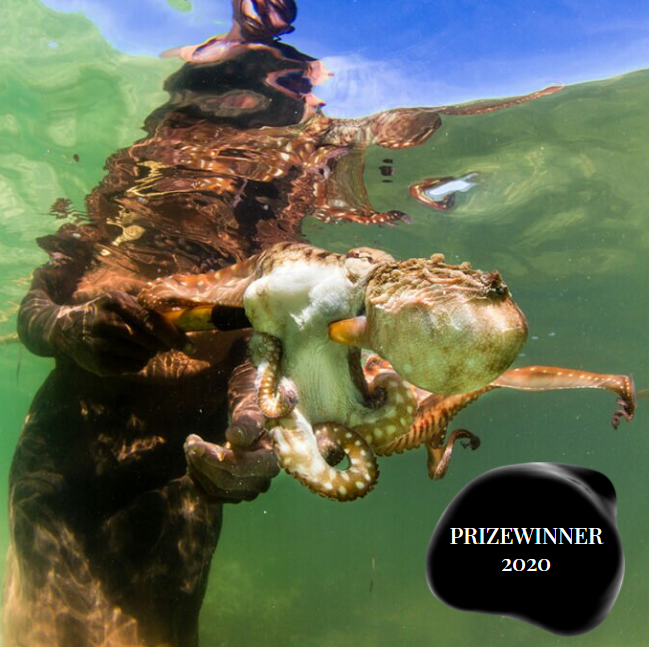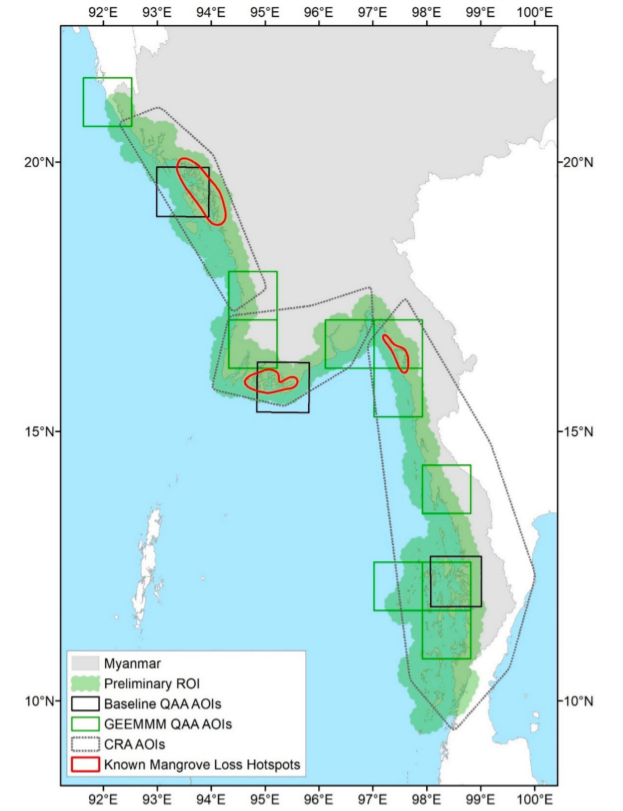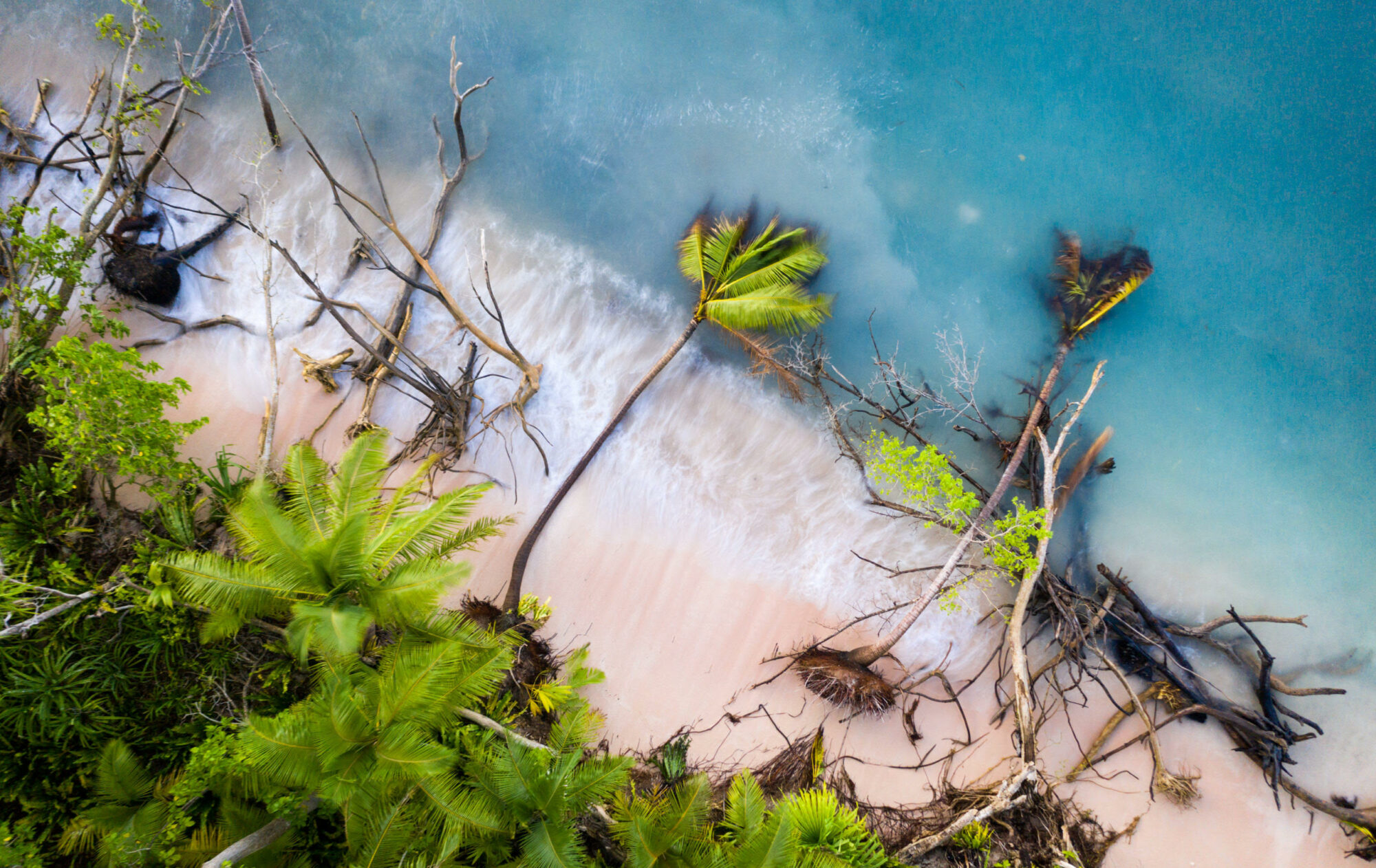Introduction Last year, we entered a so-called ‘decade of action’ on climate change, with the targeted achievement of the 2030 Sustainable Development Goals (SDGs) critical. As part of this, the secretary-general of the United Nations, António Guterres, will convene a Food Systems Summit later this year. The body of work hoped to be achieved by this summit will be supported by a spine consisting five key action tracks: 1. Ensure access to safe and nutritious food for all; 2. Shift to sustainable consumption patterns; 3. Boost nature-positive production; 4. Advance equitable livelihoods; 5. Build resilience to vulnerabilities, shocks, and stress. This blog post will look at Action Track 1 and delve into a possible solution in detail.
“When they function well, food systems have the power to bring us together as families, communities and nations. – UN Action Tracks”
In November of last year, Tom Arnold, a UN Food Systems Summit Champion chaired a public forum on the Zoom platform. Here, various experts contributed to a discussion on how this action track might be achieved. One of the panelists, Dr Jessica Fanzo, focused on solutions to the problems obstructing progress in the field. Dr Fanzo fielded a question regarding ‘whether there will be a distinction in how we produce food going forward’. The Food Planet Prize was highlighted as a source of innovations that can lead to more sustainable animal systems in the coming years. Other major online conferences in the past year (e.g. the Global Landscapes Forum) highlighted the importance of keeping land and coastal regions in the hands of native people, who possess generational knowledge of their natural ecosystems. Among the winners from the 2020 edition of the Food Planet Prize was an organization called ‘Blue Ventures’, who work towards rebuilding tropical fisheries, and preserving biodiversity, in tandem with local fishing communities. Through conserving, they hope to ensure sustainable supplies of ocean-sourced food for millions of people in the global south, and small island nations.

Challenges facing Tropical Fisheries A recent report carried out by the CGIAR World Program on Fish looked at challenges facing tropical fisheries. It is difficult to overstate the importance of the contribution tropical fisheries make toward the livelihoods of people in the tropics (Lam et al. 2020). Local-coastal, and distant-water fishing are key to ensuring food security. Many communities rely heavily on the ocean as a source of food, and the maintenance of healthy ecosystems is critical if food insecurity is to be staved off. Naturally, climate change is a major concern in these regions, with rising levels of greenhouse gases affecting fish stocks and their marine habitats biogeochemically and physically (Lam et al. 2020). The UN Action Tracks, and the Sustainable Development Goals consequently, are threatened by negative impacts on these fish stocks. Sea-level rise, deoxygenation, acidification, and ocean warming could lead to maximum catch potential of fish stocks in tropical regions falling by around 40%, compared to the early-2000s, by the middle of this century, as projected using the RCP8.5 emissions scenario (Lam et al. 2020). New adaptation and mitigation methods need to be developed and established to protect the billions of people vulnerable in the face of such change. One of the winners of the 2020 Food Planet Prize, ‘Blue Ventures’ are already working towards achieving this goal.
Blue Ventures Blue Ventures rebuild tropical fisheries with coastal communities, this is their mission statement. They aim to prioritize the knowledge and skills of local communities in their conservation efforts. Founded in 2003, some of their partners include the WWF, the Marine Stewardship Council, the Skoll Foundation, and Conservation International, in addition to various universities and ministries globally. They work across Southeast Asia, the Indian Ocean, and the Caribbean, with fieldwork carried out in countries such as Myanmar, Timor-Leste, Madagascar, and Belize to name but a few. Working to unlock the potential of these coastal communities, they aim to catalyse the development of healthy sustainable fisheries benefiting both humans and nature alike. They employ 280 field-based conservationists and produce regular publications highlighting their work. Their work to transform the fates of tropical coastal regions is critical, and there is hope the successes of their program can be replicated. With roughly 1.3 billion people living on tropical coasts, largely in developing countries (Sale et al. 2014), it is essential such projects are given the backing required. I will run through some of their work below, giving an idea of the transformative ideas they promote.
Conserving Mangroves to support fishing communities Mangrove forests play a key role in maintaining the ecosystems in which fish and shellfish thrive without damaging the natural ecosystems present in tropical coastal regions. Located along inter-tidal coastlines in tropical regions, they support the health of food systems through carbon storage and sequestration, and act as a nursery for thousands of species (Yancho et al. 2020). Blue Ventures aim to preserve these ‘blue forests’ and maintain the fantastic biodiversity present in order to strengthen the food systems of local communities. Intuitive, accessible tools are being used to empower local coastal management teams to monitor and map mangrove cover, with the aim being to reverse their loss (Yancho et al. 2020). Remote sensing technology is being employed by Blue Ventures to identify and map areas of heightened mangrove loss in coastal regions, Myanmar being one example. These tools quantify change in mangrove cover over time and allow coastal managers to target areas of weakness for improvement. Implementing remote sensing programs into tropical coastal communities is hindered by technological limits however, with computing power, technical expertise, and imagery availability lacking in many regions (Gorelick et al. 2017). These issues have restricted the potential of GIS technologies to fortify vulnerable coastal fishery systems, but new advances promise a transformation in technological capabilities (Wulder et al. 2018).

Blue Ventures have been experimenting with Google Earth Engine (GEE), a cloud-based platform. This tool provides ready-to-use data, the Landsat archive included, in addition to computing and tool resources for quick processing. They have utilised GEE to develop the Google Earth Engine Mangrove Mapping Methodology (GEEMMM). This tool is designed for use by key actors and coastal managers without specific technical expertise, allowing them to incorporate remote sensing technology into their work. Blue Ventures developed the tool, combining the cloud-computing power of GEE, and a thorough study of remote sensing related mangrove literature, to create a ‘simplified image-based tidal calibration approach’ (Yancho et al. 2020). GEEMMM was implemented for the entire coast of Myanmar, and results derived have indicated this tool can provide an accessible and intuitive monitoring and mapping system for tropical coastal mangrove ecosystems across the world. This technology can prove transformative in safeguarding the continued sustainable sustenance mangroves provide some 200 million people globally.
Bibliography
Literature:
Gorelick N, Hancher M, Dixon M, Ilyushchenko S, Thau D, Moore R (2017). Google Earth Engine: Planetary-scale geospatial analysis for everyone. Remote Sens. Environ. 2017, 202, 18–27.
Lam VWY, Allison EH, Bell JD (2020). Climate change, tropical fisheries and prospects for sustainable development. Nat Rev Earth Environ 1, 440–454 (2020).
Sale P, Agardy T, Ainsworth C, Feist BE, Bell JD, Christie P, Hoegh-Guldberg O, Mumby PJ, Feary DA, Saunders MI, Daw T, Foale SJ, Levin PS, Lindeman KC, Lorenzen K, Pomeroy RS, Allison EH, Bradbury RH, Corrin J, Edwards AJ, Obura DO, Sadovy de Mitcheson YJ, Samoilys MA, Sheppard CRC, Transforming management of tropical coastal seas to cope with challenges of the 21st century, Marine Pollution Bulletin, Volume 85, Issue 1, 2014, Pages 8-23, ISSN 0025-326X.
Wulder MA, Coops NC, Roy DP, White JC, Hermosilla T (2018). Land cover 2.0. Int. J. Remote Sens. 2018, 39, 4254–4284.

